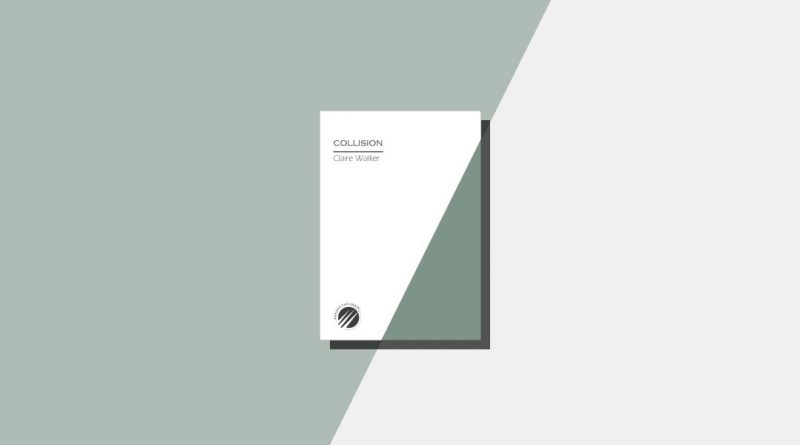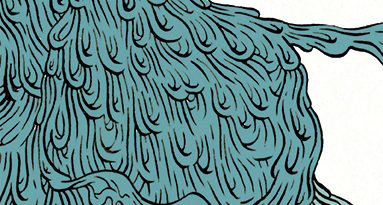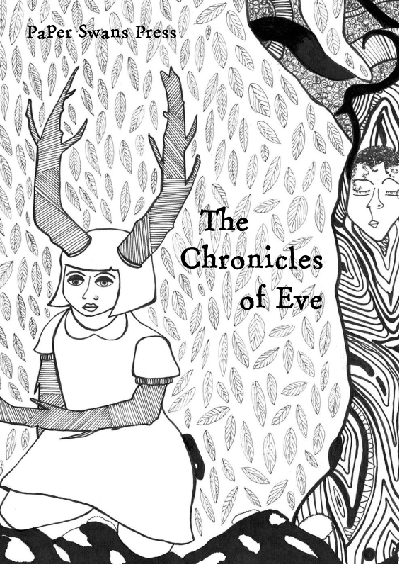Collision by Claire Walker
-Reviewed by Pat Edwards-
A pamphlet of just sixteen poems, this is a beautiful piece of work I happily read in one sitting, such was the compelling flow from one poem to the next. Throughout, the reader is made to feel very close to the sea, to experience it through lush language that in turn laps around our feet and then crashes over us. Always there is the presence of salt, whether tainting pleasure, adding seasoning or preserving the past. Overwhelmingly, the sea is presented in her female persona as the lover who cannot be resisted or controlled, the woman our men “come home smelling of.”
The poems are tasty morsels, often packed into neat three or four line stanzas, never drifting into prosaic indulgence, but feeding the reader’s appetite for more. Like the draw of the sea, even to those “not born to this” as in The Fishwife, we cannot help ourselves and plunge headlong only to find “love doesn’t pack neatly into crates.”
The titles of the majority of the poems read like the vocabulary of sea shanties with their reference to tattoos, fishwives, sailors’ sweaters, maps, watery star signs, seashells, and jet.
Hidden in the strata, the reader finds four poems written for Mary Anning, an English fossil collector and palaeontologist who explored the Jurassic Coast around Lyme Regis during the 1800s. In these poems Walker celebrates a woman in a man’s world. In Under the Elm Tree we feel the strength of Mary Anning: “See her eyes now conduct lightning. See how she exhales electricity”, as if she brought things back to life by unearthing her finds. In She Sells Seashells, the things Mary Anning finds are like “gasps of survival.”
Leaving behind Mary Anning, the poet gives us Pelagic, which I learned means relating to the open sea. This poem was one of the poems I found most emotionally affecting with its extended fishing metaphor, “not for you, the fish that need to be sought, courted with time and a deft, tender hook”, and the pain of the last couplet, “sometimes, still more impatient, you reach for a spear.” The poem is personal and yet floods the reader with feelings that surely resonate universally.
Finally, we come to the last poem, the title poem Collision, in which the reader encounters the wreck of a boat and “the completeness of the way we’ve run aground.” As in the tone of the whole pamphlet, the view is “almost pretty in its salt and grit”.
Here is a writer with a command of pared-down language and an ambiguous relationship with the sea. Walker acknowledges its power, mystery, and endurance, whilst hinting at the bitter-sweet love affair our ancestors and those closer to home have had with her. The poems are a triumph as they get close enough to the familiar without falling into cliché. I find myself re-reading them many times, finding new layers of meaning and depth in lines I had almost missed; something of which Mary Anning would surely have approved.





